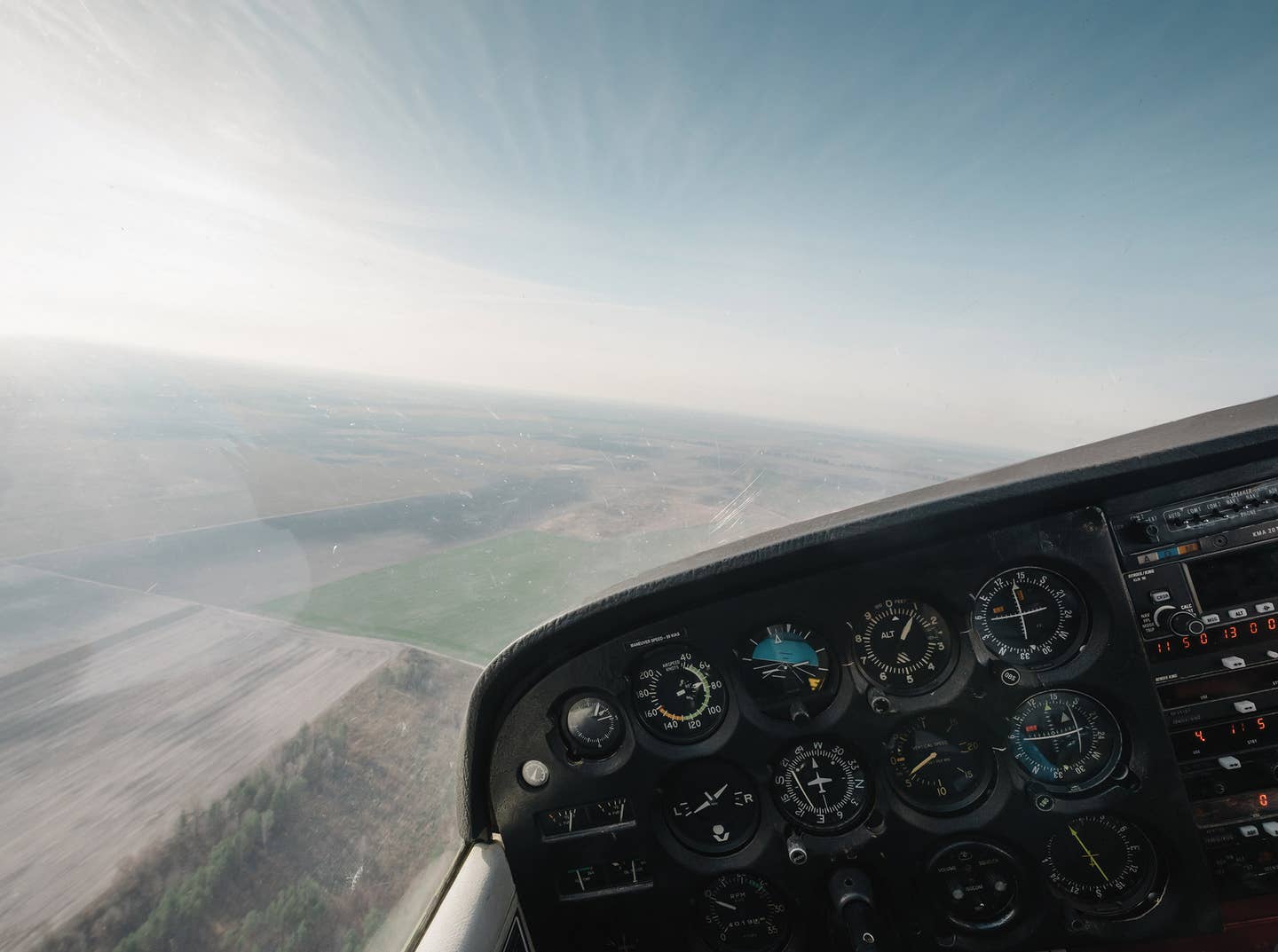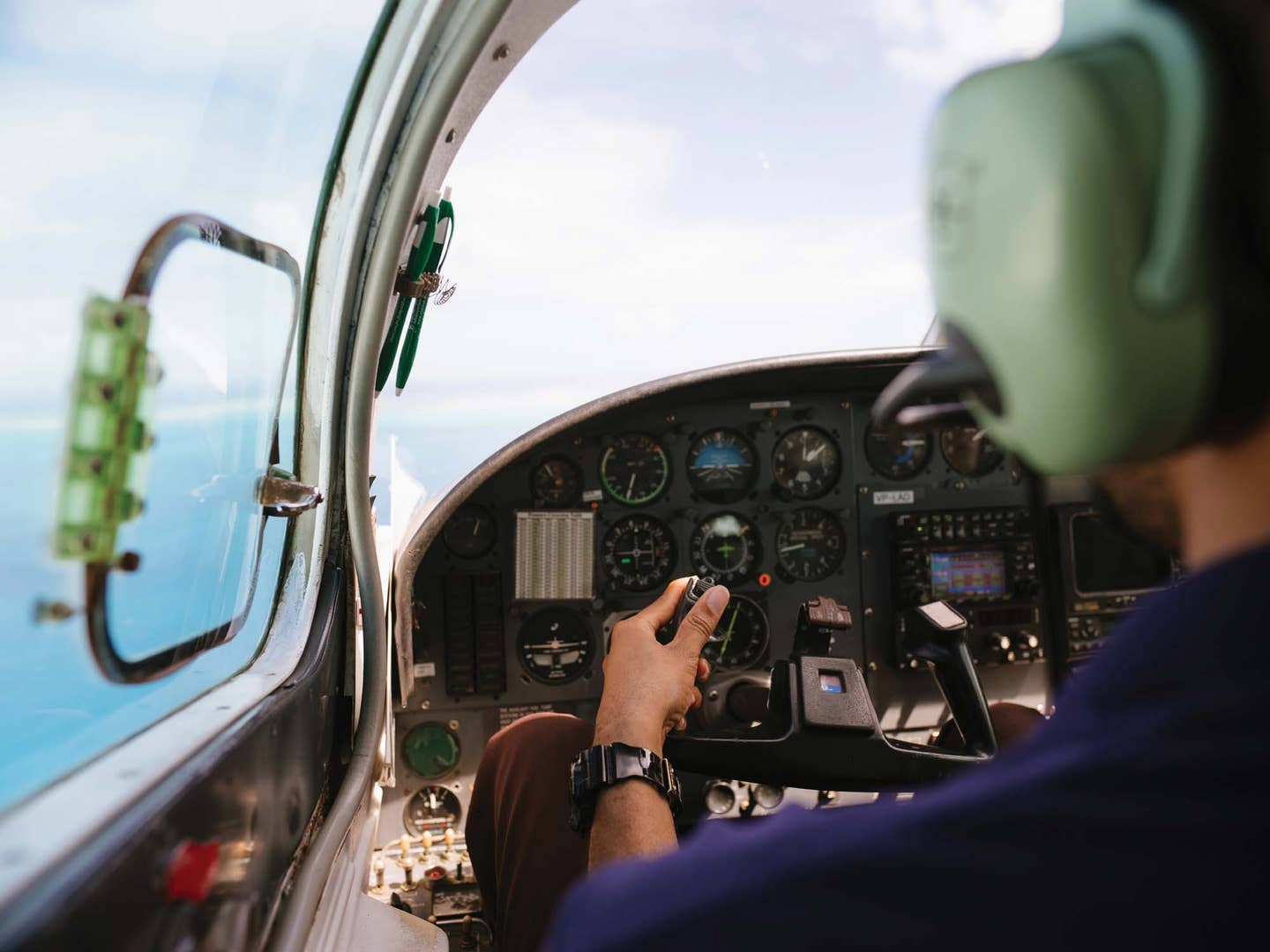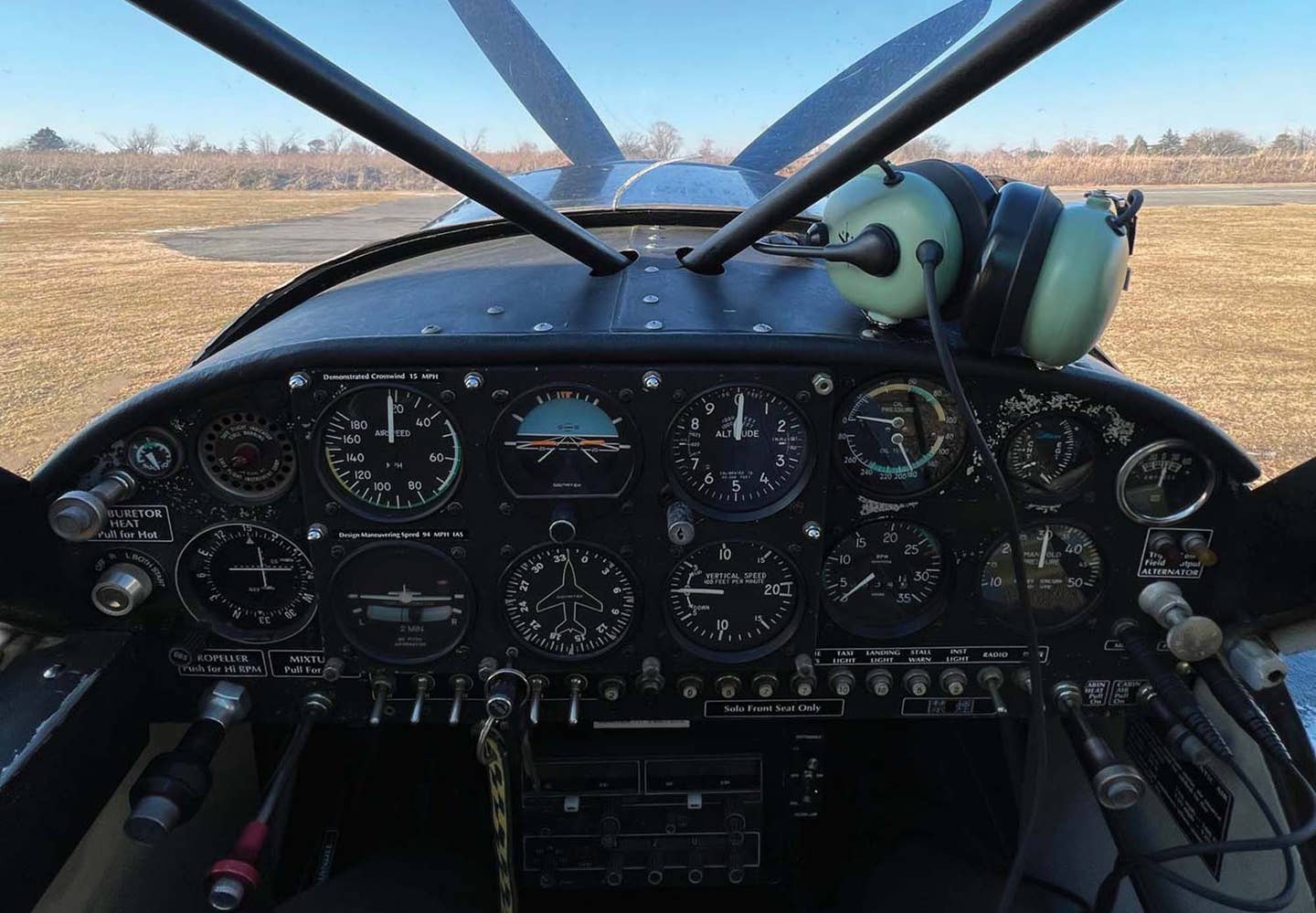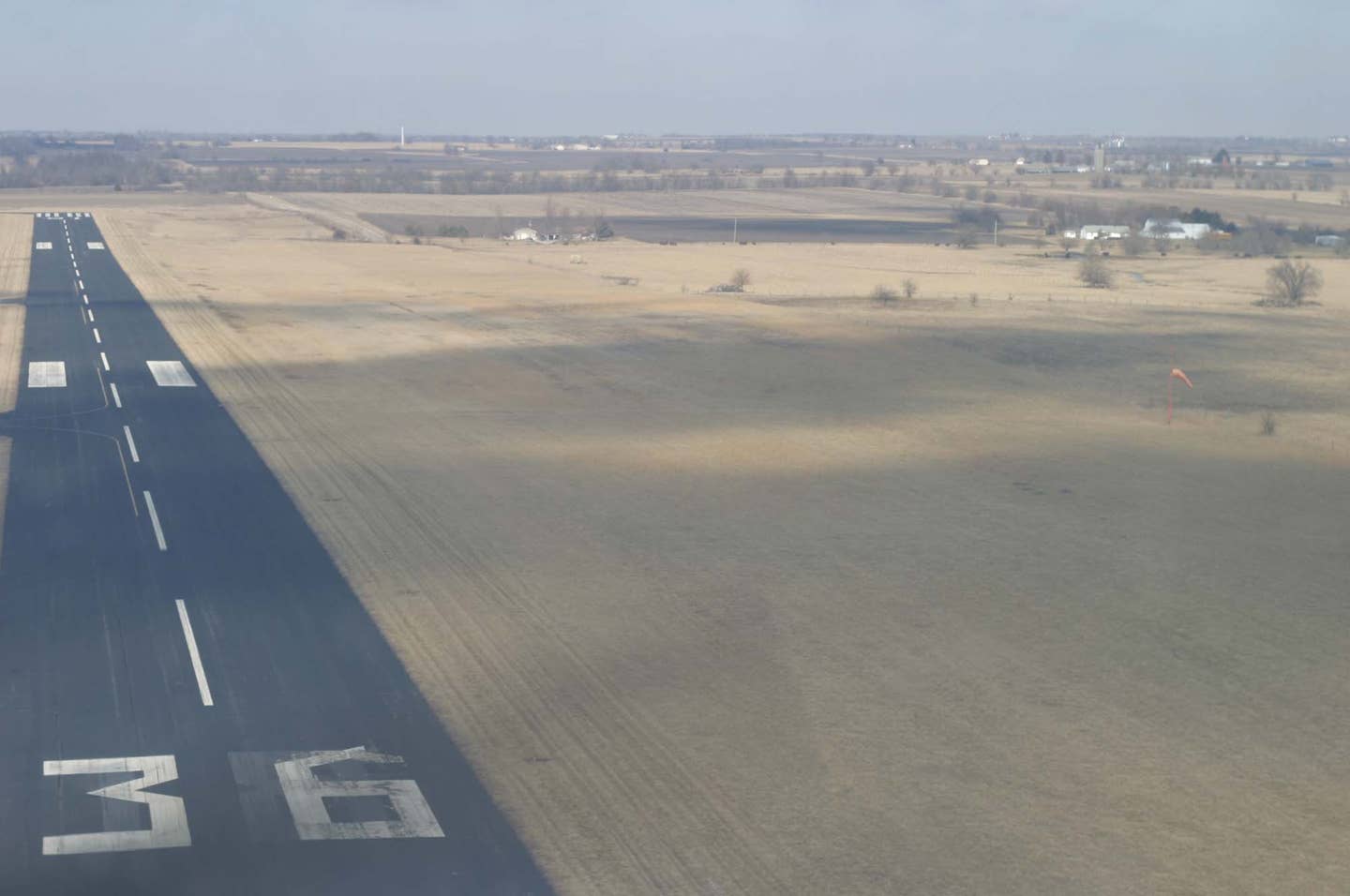Editor’s Note: This story originally appeared in the MARCH 2024 issue of Plane & Pilot magazine.
Risk Mitigation Through Defensive Flying
Many training programs for on-the-road vehicles focus on defensive driving techniques as a safety strategy. They include key points, such as avoiding distractions, trying to predict risks ahead, not assuming…
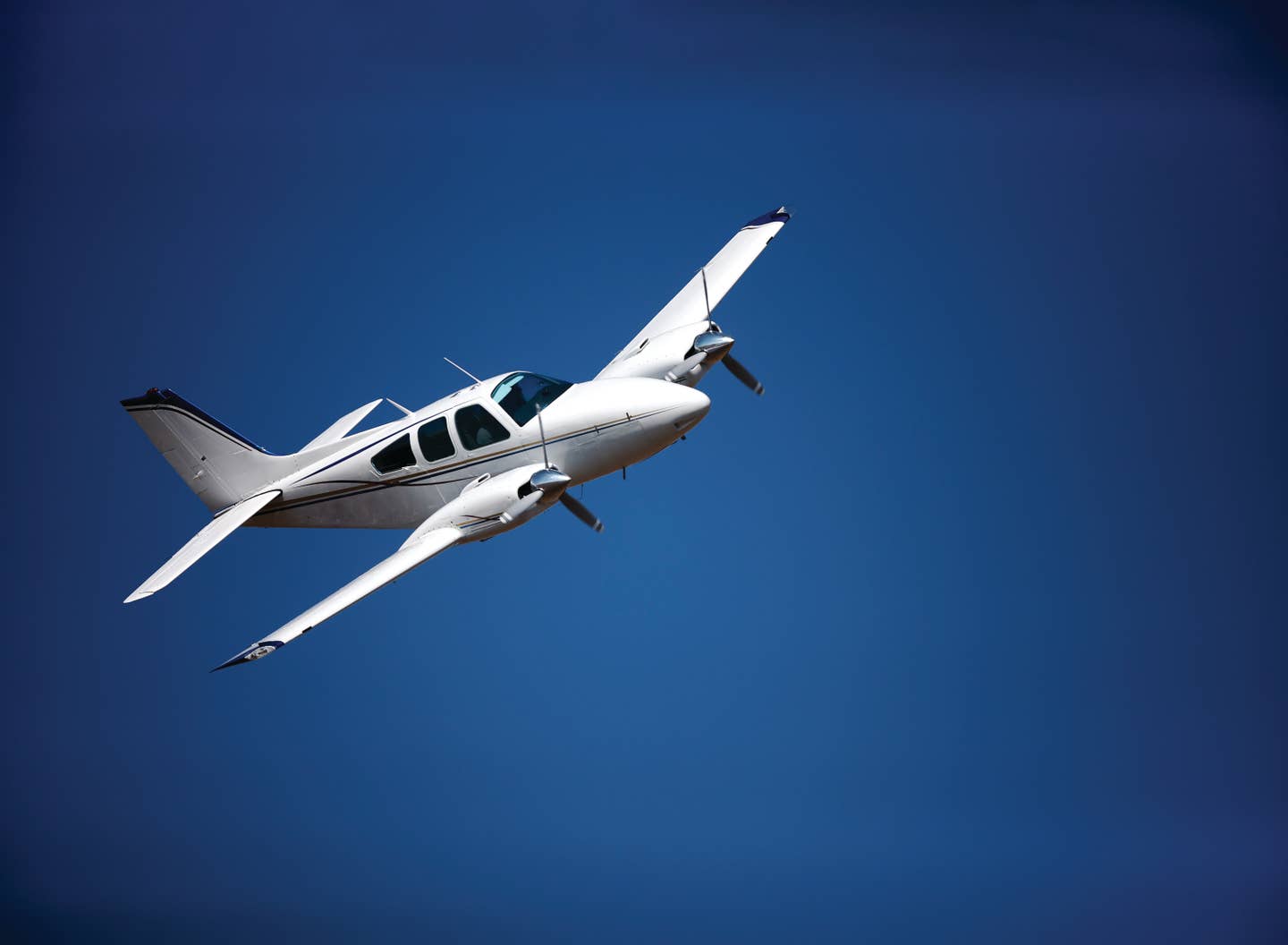
[image: Adobe Stock/Johan Swanepoel]
Many training programs for on-the-road vehicles focus on defensive driving techniques as a safety strategy. They include key points, such as avoiding distractions, trying to predict risks ahead, not assuming others will do what you would in a particular situation, being aware of other vehicles, signaling, and being careful at intersections just in case the other drivers fail to stop for signs or traffic lights. These all seem pretty logical to us as drivers, but too much of the time, we don’t think defensively as pilots in our flying.
The same concepts we use in defensive driving apply to flight operations to help us mitigate risks of violations, incidents, or accidents. A little attention to flying defensively may convert those thoughts into mitigation of potential risks in our flight operations.
If you maintain constant situational awareness and utilize all available resources, that’s conducive to safe general aviation operations. Unlike commercial flights with robust support systems, GA pilots rely on their skills and instruments. Vigilance, monitoring traffic, and staying attuned to changing weather conditions contribute significantly to safety.
Avoiding Distractions During Flight Operations
A distracted pilot turns into one that misses critical checklist items, ATC communications, or loses situational awareness. Any of these lead a pilot down a path that could result in further complications—or worse. Keep interaction with passengers, other tasks you might want to perform during your flight, or even management of the resources used in the flight deck—such as an electronic flight bag (EFB) device—to periods where the workload is minimal and you don’t sacrifice attention necessary to complete more critical tasks.
Keeping distractions to a minimum is especially important during critical phases of flight. Setting up for an approach, taxiing at a busy airfield with complicated diagrams, during the actual takeoff and landing, or receiving an updated weather briefing in flight are a few examples of this.
The sooner you can ascertain a risk is present, the earlier you can make a defensive flying decision and avoid...undesired conditions.
Predicting Risk Ahead and Mitigating It Sooner
More than ever before in aviation, we have the ability to try to predict potential hazards and mitigate them at earlier points in our flight operations. A key example is having onboard weather information continuously feeding us updates. We can use it to look further ahead for weather along our route or see updated climate conditions for our destinations that might hint at our need to initiate an alternate plan if minimums are becoming a concern for us in IFR or VFR conditions. When you do this, you can make a decision hundreds of miles away instead of just getting 20 to 30 miles from your destination and being surprised by an AWOS/ASOS/ATIS broadcast that now shows the weather has degraded significantly. The sooner you can ascertain a risk is present, the earlier you can make a defensive flying decision and avoid proceeding into undesired conditions.
Traffic information systems in our panels—or fed to our EFB—help us predict other traffic that may be nearby through awareness of its position. Taking this into consideration, we can receive clues regarding other traffic sequencing to fly the same approach we plan or help us avoid encountering traffic conflicts that might otherwise result in aircraft coming too close together.
Communication and Coordination
ATC services are generally available to IFR and VFR flight operations throughout most of the country—so use them for most flights. Certainly, most pilots understand they are using ATC services when operating in IFR or VFR conditions while on an IFR flight plan, and they must talk to ATC within certain airspace, typically Class A, B, C, and D. But too few pilots leverage air traffic control when outside of these requirement areas, though its services are broadly available.
- READ MORE: Communicate Like a Pro Pilot
A short cross-country in Class E or G airspace might not require the use of ATC services, but a quick request for flight following along the route can help them communicate with you and potentially other aircraft—and perhaps help you avoid other aircraft sharing the frequency. With ADS-B and transponder service over much of the airspace, it is a good practice to fly with a second layer of protection, helping you enhance awareness of potential risks.
I have a few flight training operations at which I provide tests regularly that will get flight following from local ATC when pilots head out to a practice area to train or test. A training flight introduces the risk of the instructor and pilot becoming distracted from their overall situational awareness while briefing and conducting specific maneuvers. Having ATC communication established can give you the chance to be warned about traffic in the area or if another aircraft is flying into the same practice area. You can then adjust position and altitude or even discontinue a maneuver and reposition if the traffic is going to provide a conflict.
If you are operating near an airport, monitor the local CTAF frequency for an idea of what other traffic is doing, including aircraft flying in or out of that airport. This is especially true if you’ll be flying in the traffic pattern and practicing takeoffs or landings. A good habit is to listen to the local frequency about 10 miles out as you approach so as to have enough time to hear other aircraft sequencing into the pattern. You may fly a few miles to the side of the airport to delay your approach instead of having two aircraft enter the downwind at the same time.
Listen while on the ground also. Many times I will be listening to the CTAF, or at a towered field, the ground and tower frequencies as I do a run-up, while waiting in sequence, or as I approach a runway for takeoff. This can help build a mental picture of who might be in the pattern, whether they are likely to be ahead or behind you, or if there are other factors that might cause you to avoid unnecessary communications at a particular time.
For example, I was flying recently and listening to the tower frequency while we were doing our run-up and on the ground-control frequency. While monitoring, I overheard that the tower had an inbound aircraft that was having a gear indicator malfunction and that they were going to “roll services” for the aircraft in case it was needed on the landing. It was a great tip for me to just hang tight for a minute in our run-up area and let the situation play out instead of getting on tower frequency and asking for a takeoff clearance with a potential emergency developing.
The good news was that the aircraft landed without incident, and we were only hanging out for a few extra minutes. By listening in proactively, we avoided adding extra radio communications to the mix and allowed ATC to effectively manage its challenges without extra distraction.
Defensive Flying and Safety Culture
Thinking proactively and defensively—and acting as such—is part of a personal safety culture. It is a mindset for our operations that serves to help us identify, avoid, and mitigate risks before they cause problems. It is also one that we can espouse and allow to serve as an example for other pilots.
This is especially relevant when we are trying to foster a safety-centric environment within flying clubs, flight training operations, corporate flight operations, or even just among peers. The goal is to encourage open discussions, share experiences, and learn from each other’s mistakes to collectively enhance safety standards. We can all share ways we can be more proactive and defensive in our flying activities.
Developing the ability to recognize potential risks and being adaptable in handling unforeseen situations are essential traits of a defensive general aviation pilot.
- READ MORE: Best Pilot Kneeboard Options in 2024
Embracing and implementing principles of defensive flying significantly contribute to mitigating the risks inherent to flight operations. It is part of a commitment to safety and a mindset that helps ensure each flight, regardless of scale, remains a secure and enjoyable experience for pilots, passengers, and those within the airspace. Each pilot who operates in this manner helps elevate the safety standards within the overall aviation community. Defensive flying in GA is a fusion of skills, adaptability, and a proactive approach to safety.

Subscribe to Our Newsletter
Get the latest Plane & Pilot Magazine stories delivered directly to your inbox

